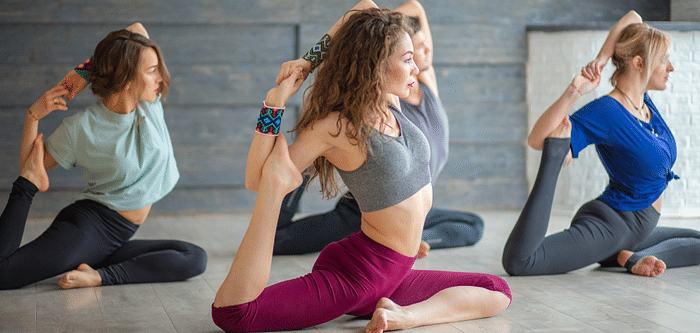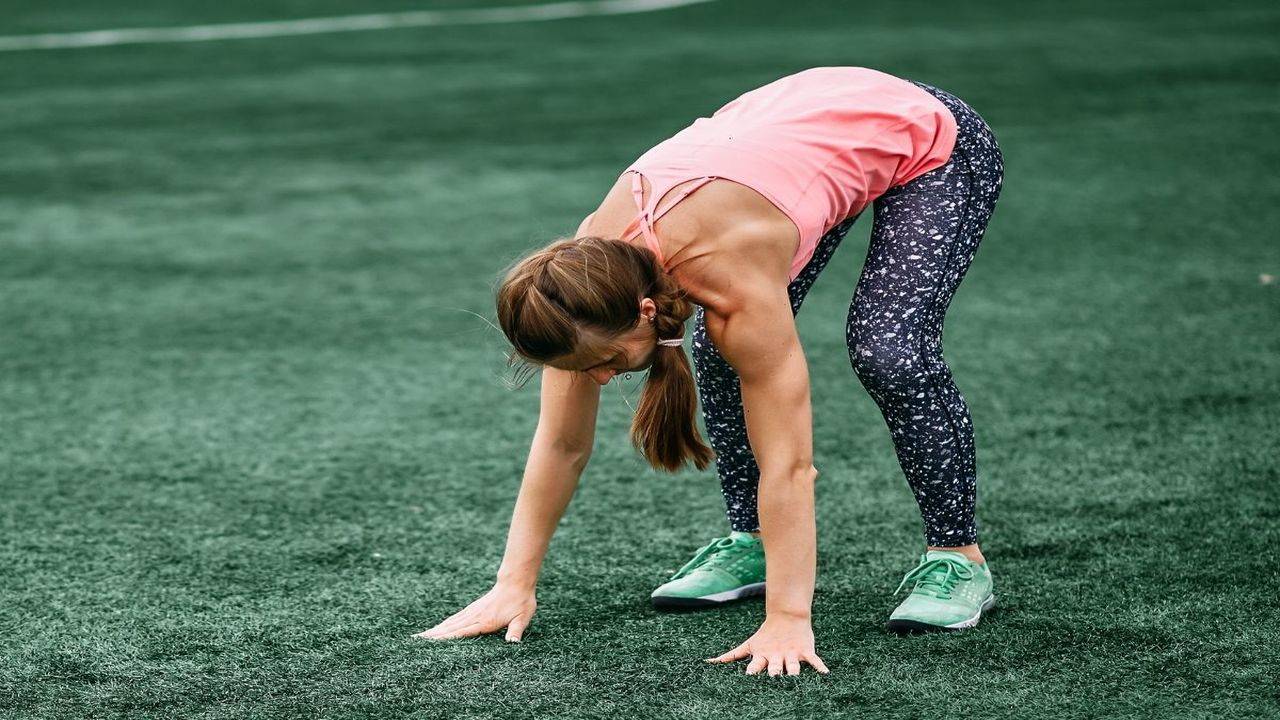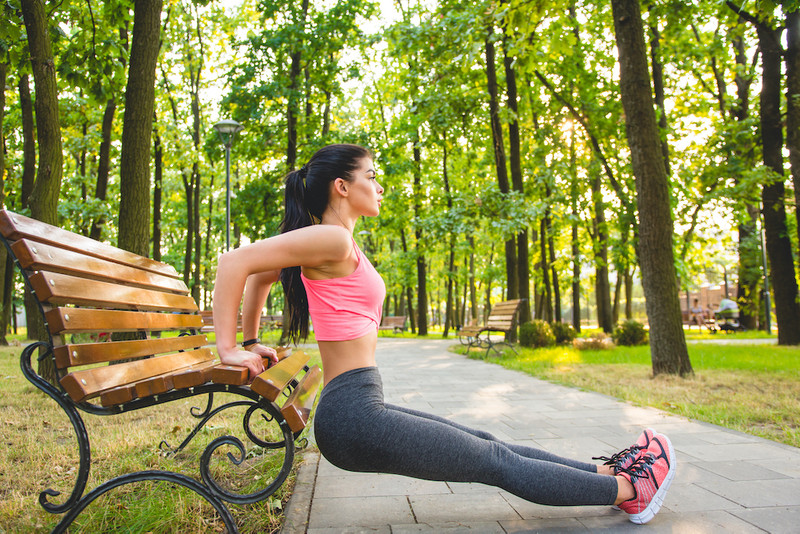Trying to get stronger and lose a few pounds, but not sure if you should roll out your mat for Pilates or yoga? You’re not the only one. Both offer incredible benefits, but when it comes to core strength and weight loss, the right choice might depend on your personal goals and how you like to move your body.
In this article, we’ll break down the key differences between Pilates and yoga, how each one affects your body, and most importantly, which one is better for core strength and weight loss. Whether you’re looking to tone up, burn calories, or feel stronger in your center, this guide will help you decide.
What is Pilates?
Pilates is a low-impact workout that focuses on strength, stability, and controlled movement. It was created in the early 20th century by Joseph Pilates and was originally used to help injured dancers recover and get stronger.
Today, Pilates is known for improving posture, building core strength, and toning muscles without bulk. It uses precise movements and breath control to activate deep core muscles, especially the ones you don’t normally feel in everyday workouts.
Pilates focuses on:
- Core engagement
- Controlled, slow movements
- Muscle endurance
- Flexibility and alignment
There are two main types of Pilates:
- Mat Pilates: Uses bodyweight and small props like resistance rings or balls
- Reformer Pilates: Uses a machine with springs for resistance and guided movement
What is Yoga?
Yoga is an ancient practice that combines movement, breath, and mindfulness. It has been around for thousands of years and includes not just physical poses (asanas), but also breathing techniques (pranayama), meditation, and philosophy.
While some yoga styles focus on relaxation and flexibility, others build strength, endurance, and sweat.
Yoga focuses on:
- Flexibility
- Breath awareness
- Mind-body connection
- Balance and mobility
Popular styles include:
- Vinyasa: Fast-paced flow
- Hatha: Gentle and slower
- Ashtanga: Structured and intense
- Power Yoga: Strength-focused
- Yin: Deep stretching and stillness
Core Strength: Pilates vs. Yoga
Pilates for Core Strength
Pilates was literally built to strengthen the core. Every move in Pilates begins with activating your center, or what is often called the “powerhouse.” This includes your abs, back, glutes, pelvic floor, and diaphragm.
Pilates teaches you to stabilize your core before moving your limbs, which helps you develop a deep level of strength that improves posture, reduces injury risk, and makes other workouts easier.
Pilates core benefits:
- Targets deep stabilizing muscles
- Improves posture and spinal alignment
- Builds strength through control, not speed
- Helps support lower back and hips
Yoga for Core Strength
Yoga also builds core strength, but it’s often more about balance, endurance, and full-body integration. Many yoga poses require core stability, like plank, boat pose, and warrior series. However, unlike Pilates, the focus isn’t always centered on the core.
Yoga helps develop strong, functional core strength by using your body as resistance in long holds and flowing sequences.
Yoga core benefits:
- Builds endurance in abs and back
- Enhances balance and coordination
- Strengthens multiple muscle groups at once
- Improves functional strength for daily movement
Winner for Core Strength: Pilates
If your main goal is to build a rock-solid core, Pilates takes the lead. Its entire structure is built around targeting and strengthening those deep abdominal muscles.
Weight Loss: Pilates vs. Yoga
Pilates for Weight Loss
Pilates burns calories, tones muscles, and can help support a healthy weight loss journey. However, it’s not a high-calorie burner like running or HIIT. What it does well is build lean muscle, which can increase your resting metabolic rate over time.
Calorie burn in Pilates:
- Mat class (30 min): around 120–180 calories
- Reformer class (30 min): around 200–250 calories
The real weight loss benefit from Pilates comes from muscle definition, better posture, and a stronger metabolism.
Yoga for Weight Loss
Yoga styles vary widely in intensity. A slow Yin yoga class will burn fewer calories, while a Power Yoga or Vinyasa session can give you a heart-pumping, sweat-dripping workout.
Some styles of yoga are highly effective for weight loss because they combine strength, cardio, and flexibility. Plus, yoga reduces cortisol (stress hormone), which can help reduce emotional eating and belly fat.
Calorie burn in yoga:
- Hatha yoga (30 min): around 120–150 calories
- Vinyasa or Power yoga (30 min): around 200–300 calories
- Hot yoga (30 min): up to 300–400 calories
Yoga also promotes mindfulness, which can improve your relationship with food and eating habits.
Winner for Weight Loss: Yoga (specifically Power or Vinyasa)
If your main goal is to burn calories and lose fat, yoga styles like Power Yoga or Vinyasa are more intense and offer better fat-burning potential.
Pilates vs. Yoga: Side-by-Side Comparison
| Feature | Pilates | Yoga |
|---|---|---|
| Focus | Core strength and control | Flexibility, strength, and breath |
| Calorie Burn | Moderate | Ranges from light to high depending on style |
| Best For | Core toning, posture, injury recovery | Fat loss, flexibility, stress relief |
| Equipment Needed | Mat or reformer machine | Just a mat |
| Mental Benefits | Improves focus, body awareness | Reduces stress, calms mind |
| Suitable for Beginners | Yes | Yes (some styles may need guidance) |
Can You Combine Both?
Yes. In fact, the best approach is often combining yoga and Pilates for a well-rounded fitness plan. Pilates builds your core foundation, while yoga adds flexibility, mindfulness, and calorie burn.
Here’s how to combine both for better results:
Sample Weekly Routine:
| Day | Workout |
|---|---|
| Monday | Pilates core workout |
| Tuesday | Vinyasa Yoga |
| Wednesday | Rest or gentle walk |
| Thursday | Reformer Pilates |
| Friday | Power Yoga |
| Saturday | Light stretching or Yin yoga |
| Sunday | Rest or meditation |
By doing both, you’re working every muscle group, improving balance, building strength, and promoting recovery.
FAQs About Pilates and Yoga
Which one is easier for beginners?
Both are beginner-friendly. Pilates may feel more technical at first, while yoga offers more variation in pace. Try a beginner class of each to see what fits your style.
Can I lose belly fat with Pilates or yoga?
Neither will burn belly fat directly, but both help reduce overall body fat and tone the abdominal muscles underneath. Consistency, good nutrition, and stress management are key.
How long does it take to see results?
With regular practice (3–4 times per week), you may notice better posture, core strength, and muscle tone in 3–4 weeks. Weight loss may take longer depending on other lifestyle habits.
Is yoga or Pilates better for stress relief?
Yoga takes the edge here. With breathing exercises, mindfulness, and meditation built into every session, it’s designed to calm your mind and lower stress.
Can I do yoga or Pilates every day?
Yes. Just listen to your body. You can do gentle sessions daily or alternate intense days with recovery days. Variety helps prevent burnout and overuse injuries.
Final Thoughts
So, Pilates vs. Yoga: which one is better for core strength and weight loss? The answer depends on your goals.
- Choose Pilates if you want to build deep core strength, improve posture, and tone your body.
- Go with Yoga if you want to lose weight, get flexible, and reduce stress.
But why pick just one? Combining both gives you a powerful mix of strength, flexibility, and balance for a full-body transformation.
Your body is your best investment. Whether you’re flowing through sun salutations or pulsing in a Pilates bridge, the key is to move with purpose, stay consistent, and enjoy the journey.










